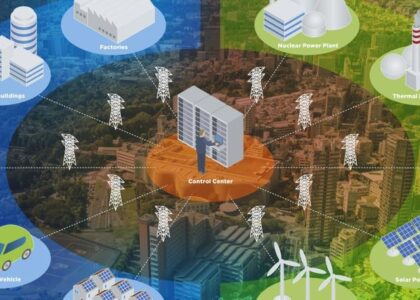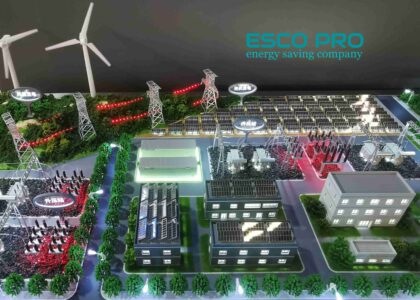Changing Needs and Technological Innovations
Introduction to the Problem
Smart energy infrastructure, also known as smart grid, is an advanced energy management and distribution system. In recent years, its development has gained unprecedented speed, which is the result of many factors. In this article, we will look at the main reasons behind this dynamic growth.
Growing energy demand
One of the most important factors is the growing demand for energy. With each decade, global energy consumption is increasing, which requires more efficient and flexible systems. Smart energy infrastructure allows for better management of energy resources by monitoring and adjusting its flow in real time.
Energy Savings and Efficiency
Another key reason is the pursuit of increased energy efficiency. Traditional energy distribution systems are often inefficient, leading to energy losses. Smart technologies such as advanced meters and energy management systems allow for a significant reduction in these losses, which translates into financial savings and a lower burden on the environment.
Integration of renewable energy sources
The growing interest in renewable energy sources is also driving the development of smart grids. Solar, wind and other renewable energy sources are characterized by variability of production, which requires a flexible management system. Smart grids enable the effective integration of these sources, ensuring their optimal use.
Reduction of CO2 emissions
Protecting the environment and reducing carbon dioxide emissions are other reasons for the development of smart energy infrastructure. Through better energy management and integration of renewable sources, smart grids contribute to the reduction of CO2 emissions, which is crucial in the fight against climate change.
Technological progress
The role of technological progress cannot be forgotten. Innovative technologies such as the Internet of Things (IoT), artificial intelligence (AI) and advanced communication systems enable the development of smart energy infrastructure. These technologies allow for the automation of processes, prediction of energy demand and optimization of its distribution.
Energy security
Smart energy grids also increase energy security. The ability to monitor and manage the system in real time allows for the quick identification and elimination of problems, which reduces the risk of failures and interruptions in energy supply.
Policy and Regulation
Another important factor is government policy and regulation. Many countries are introducing regulations to support the development of smart energy grids to achieve energy efficiency and environmental protection goals. Subsidies, tax breaks and financial support programs are accelerating the implementation of these technologies.
Summary: Conclusions
The development of smart energy infrastructure is the result of many factors, from growing energy demand, to the drive for energy efficiency, the integration of renewable sources, to technological advances and government policies. Together, these elements create a dynamic ecosystem that drives change and innovation in the energy sector. This is a necessary process to create a more sustainable and efficient energy future.







